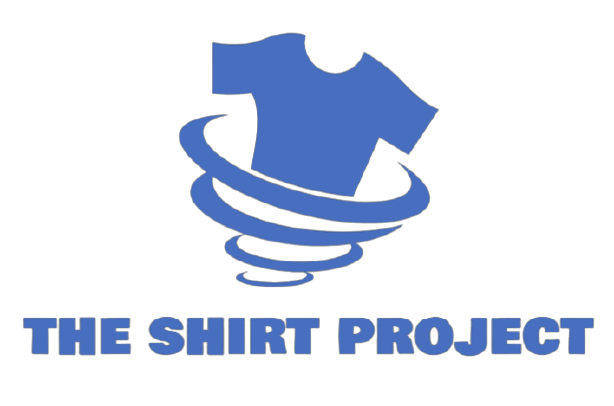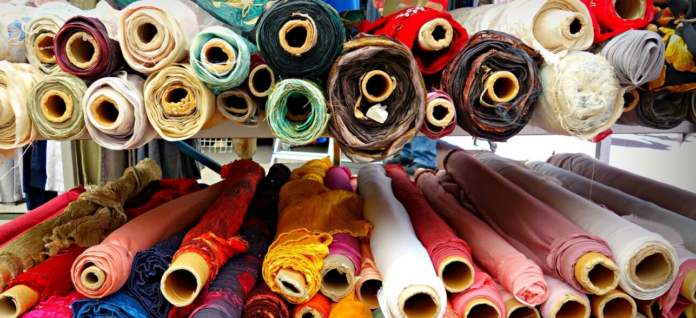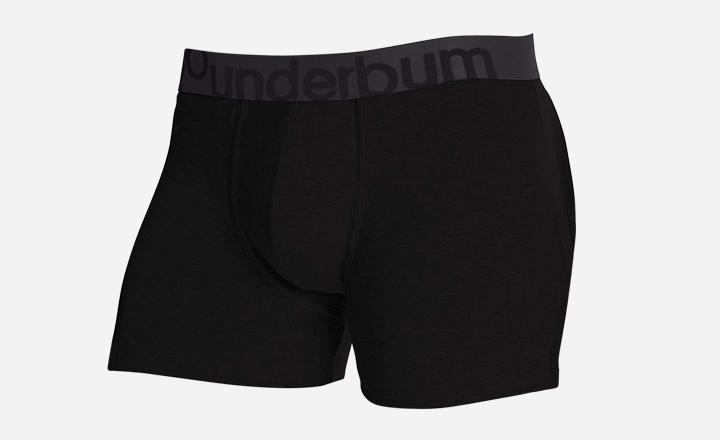Fabric is a generic term for textile material. It is used in sewing, weaving, knitting, crocheting and many other crafts. The term can also be used to describe a finished product made of such materials.
The most common types of wholesale fabric are natural fibres such as cotton, wool and silk; however, synthetic fibres such as polyester and nylon are also common.
There are many different types of fabric and their uses including:
Natural Fabrics
Natural fabrics include cotton, linen, wool and silk. They’re often referred to as “natural fibers.” These fabrics are made from plant or animal sources and are less processed than synthetic fabrics. Natural fibers are more luxurious than their synthetic counterparts, but they also have some drawbacks: They’re more expensive and don’t last as long as synthetic materials. Natural fibers also tend to wrinkle easily — especially cotton — which can make them difficult to care for.
- Cotton: Cotton is one of the most popular fabrics in the world. It’s soft, breathable and can be used for just about any type of clothing. Cotton is also very absorbent, which makes it useful for towels, bed sheets and other household items!
- Linen: Linen is a natural fiber that’s often woven into crisp, lightweight fabrics. Linen has been used for centuries to make clothing, bedding and other household items because it’s durable and easy to care for. If you’re looking for an affordable alternative to silk or wool, linen may be right for you!
- Wool: Wool is considered by many textile experts to be one of the best fabrics available today. It’s warm in cold weather but not too hot when it’s warm out; wool also repels water so it doesn’t get soggy when it rains or gets wet during normal use (like in the washing machine). Wool is also extremely durable – it rarely tears or wears down over time.
- Silk: Silk is a natural fiber that comes from the cocoons of silkworms. It has a smooth, luxurious feel and it is one of the most expensive fabrics in the world. It is also very durable. Silk fabrics are often blended with other fabrics for added strength and durability.Silk feels cool in hot weather and warm in cold weather. This makes silk suitable for everything from light summer dresses to heavy winter coats and everything in between.
Synthetic Fabrics
Synthetic fabrics are made from artificial fibers such as polyester, nylon and acrylic. They are generally more durable than natural fibers, but synthetic fabrics are often less breathable and tend to wrinkle easily. Examples of synthetic fabrics include polyester fleece, polyester jersey knit and nylon mesh.
- Fleece fabric is made of synthetic fibres that trap air in their structure, keeping you warm but not too hot or too cold. Fleece is great for outerwear because it’s lightweight and breathable, making it ideal for layering under parkas and winter coats.
Conclusion
When buying fabrics, it’s important to keep in mind how you plan to use the fabric, so that you can ensure it will stand up to its intended purpose. For example, if you are a fashion designer and are working on a new collection of clothing, you will likely want fabrics that stand up well to physical wear-and-tear. On the other hand, fabric used for home décor is most often just for aesthetics; as such, it doesn’t need to be especially durable. A fabric designed for drapery will be different from one designed for handbags, which is different from one designed for furniture covers or home décor items.
So, if you’ll need to consider any possible dyes or finishes you will use with the fabric. In addition, take into consideration the intended usage – the garment type and how it will be used (construction will vary for a shirt vs. pants vs. a dress) and if there are any special care instructions for either construction or washing of your piece. These factors will help determine which fabrics are safest for your project and make for an enjoyable sewing experience as well!














